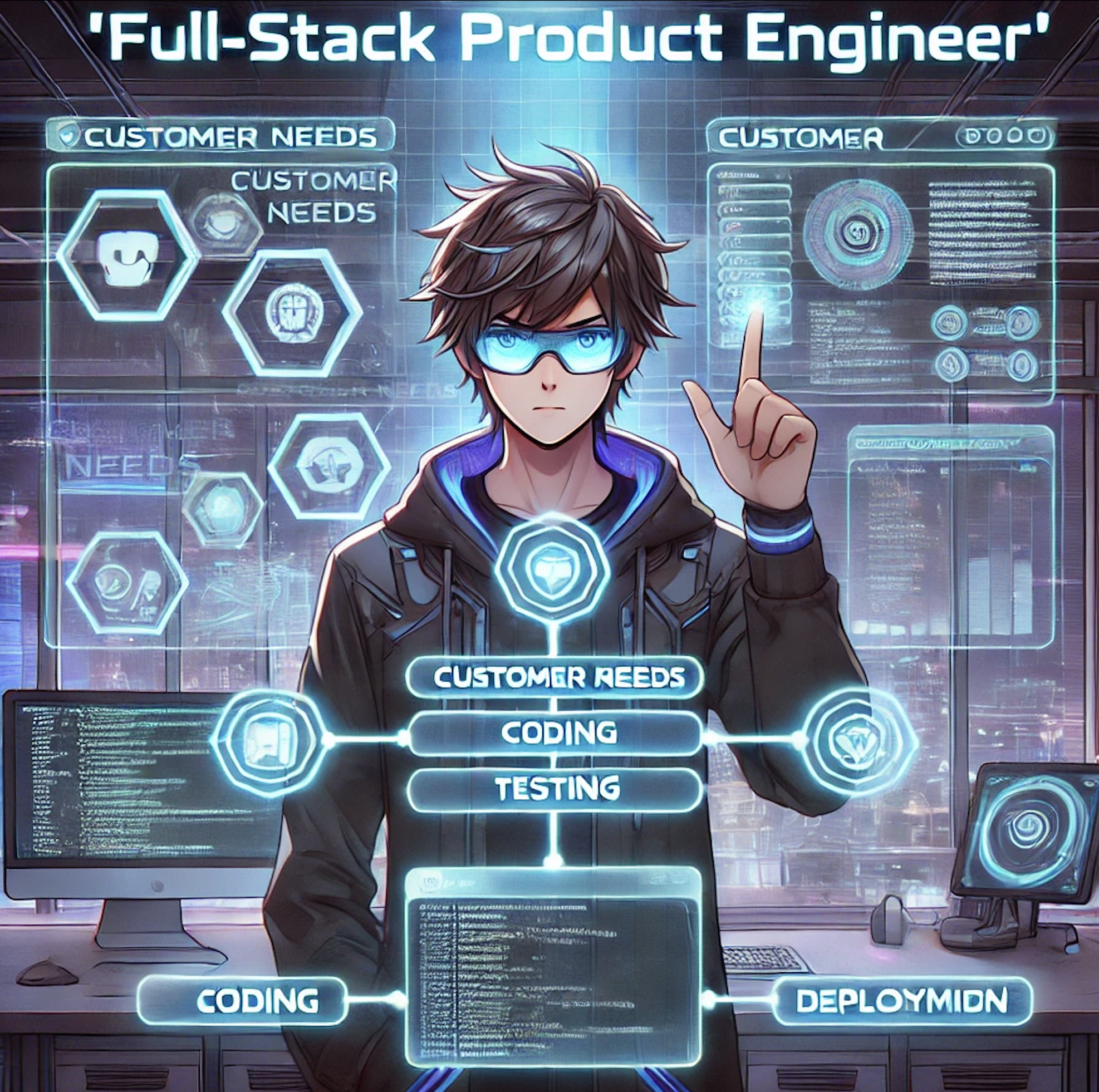The idea of the “full-stack product engineer” is gaining traction, especially in the fast-paced world of software development. The concept is appealing: one person owning the entire product lifecycle, from understanding customer needs to deploying and maintaining the final product. This model promises faster development cycles, streamlined communication, and increased ownership. Startups often operate this way out of necessity, and companies like Tesla are cited as examples of its success.
But is this the future of engineering, or a potentially damaging oversimplification? The debate is raging, particularly in industries like automotive, where legacy development processes are often characterized by siloed roles like requirements engineers, systems engineers, and test engineers. These traditional structures are now being challenged, seen as slow and inefficient compared to the agile approaches of newer players.
The argument for the full-stack engineer rests on the idea that these specialized roles create bottlenecks. Requirements engineers write specs in isolation, systems engineers design abstract models disconnected from execution, and test engineers validate software they didn’t see being built. This fragmentation can lead to miscommunication, delays, and a lack of overall product vision.
However, the push for full-stack engineers isn’t without its critics. Many argue that it’s a “bullshit money-saving concept” that sacrifices quality for speed. How can one person truly master all these disciplines? Requirements engineering, for example, is a specialized field that demands deep understanding of user needs and usability. Expecting a developer to juggle all these responsibilities could lead to burnout and ultimately, lower quality products. As one commenter put it, “If you are good at everything you are owner in nothing.”
The discussion also highlights the importance of safety and security, especially in industries like automotive. Can a full-stack engineer adequately address these critical aspects while also handling all other development tasks? The concern is that independent testing, a crucial safeguard, might be compromised in this model.
The real issue might not be the existence of specialized roles, but rather the silos in which they operate. As one commenter pointed out, communication is key. Even with specialized roles, effective communication and collaboration can mitigate the problems associated with fragmented ownership. Reviews, feedback loops, and shared understanding of the product vision are essential, regardless of the organizational structure.
Furthermore, the rise of AI and automation is changing the landscape of engineering. AI can assist with coding, testing, and even requirements gathering, freeing up engineers to focus on higher-level tasks like system design and verification. This could lead to a hybrid model where engineers leverage AI tools to become more versatile and efficient, without necessarily becoming full-stack in the traditional sense.
So, where do we go from here? Simply dismantling specialized roles might not be the answer. Instead, we need to focus on:
- Breaking down silos: Fostering communication and collaboration between different engineering disciplines.
- Embracing automation: Leveraging AI and other tools to augment engineers’ capabilities and free them from repetitive tasks.
- Rewarding ownership: Aligning incentives with end-to-end accountability, regardless of specific roles.
- Adapting organizational structures: Moving towards flatter hierarchies and cross-functional teams.
- Focusing on company communication: Ensuring that all team members are aligned on goals and priorities.
The future of engineering is likely not about eliminating specialized roles entirely, but about evolving them. It’s about creating a more integrated, collaborative, and efficient environment where engineers can leverage their expertise while also having a broader understanding of the product lifecycle. It’s about finding the right balance between specialization and versatility, supported by effective communication, robust processes, and the intelligent use of technology. The conversation about the full-stack engineer is important, not because it provides a definitive answer, but because it forces us to question the status quo and explore new ways of working.





